Seybold’s Take - SMS’ Hit and Miss By Andrew M. Seybold
WirelessWeek
September 01, 2008 Obama’s SMS message strategy to reveal his running mate underscores all of the reasons a national alerting system based on SMS would fail. Barack Obama launched an SMS and e-mail campaign in mid-August to build momentum for his running mate announcement prior to the Democratic National Convention. For individuals who supplied a cell phone number and/or an e-mail address, the presidential candidate promised to send a personal message alerting recipients of his choice ahead of the national news outlets. 
Andy Seybold |
What did we learn from Obama’s use of text messaging to announce Joe Biden as his running mate? We learned what wireless operators and others in the wireless industry have known for a long time: Text messaging is great for one-to-one or even one-to-many (a few) non-essential communications. It is not a mission-critical alerting system nor is it designed to be used as such. SMS LIMITATIONS
The U.S. government seems bound and determined to squeeze emergency alerting services out of a platform that does not support it, does not provide guaranteed delivery and sends each message sequentially. SMS is routed using the phone number of the receiving device. Because each phone has its own unique number, a mass alert is first sent to the appropriate wireless network(s) and then each message is delivered one at a time over that provider’s network. Even those who seem to offer one-to-many text messaging actually resend the same message to a string of numbers sequentially. In the case of the Obama text message, no real harm was done. A few reporters who were waiting on the text message to verify the story missed their deadlines, knocking the story off the front page. A number of false or fraudulent messages were sent out to thousands of people. Some of these messages announced the wrong person. “It’s Hillary,” one read. Comical choices such as Miley Cyrus and other bogus text messages also floated around. Some people received Obama’s text message as scheduled; some got it hours later and some did not get it at all. As far as I know, most systems do not hold an undelivered text message for longer than 72 hours. SENT, BUT WAS IT RECEIVED?
There’s no guarantee that the message has been delivered. Even on my BlackBerry where I receive a “D” for delivered, it only means the message has been successfully handed off to the appropriate network; it does not mean it has been delivered. To test this, I sent a text message from my T-Mobile BlackBerry to my Verizon phone. I received a D indicating the message was delivered. I then turned my Verizon phone off and sent a second message from the BlackBerry and again saw the D for delivered even though the receiving phone was turned off. VOLUME ISSUES
The U.S. government is moving quickly to implement a nationwide alerting system using text messaging. There are a number of flaws in its approach. Besides the problems mentioned earlier, the next problem is fairly obvious: Sending thousands of messages could easily jam up the networks and prevent any of the messages from being delivered at all. Then there are the issues common to any wireless alerting system: - Is the phone on?
- Is it in coverage?
- If the alert is received, will it be treated like any other text message that may not be read for a while if the person is busy or in a meeting? (Or in a car in a state where texting is illegal?)
Add to this that in order for a message to be sent out at all, it will have to be routed to FEMA and approved by FEMA. By the time, FEMA became involved in the Hurricane Katrina response, the levees already had given way and much of the damage had been done. Suppose the mayor of New Orleans wants to alert people in and around New Orleans for a new hurricane threat. He would have to ask FEMA to review the message and the circumstances and then authorize the delivery. Last week, Florida Governor Charlie Crist declared a state of emergency and was taken to task for doing so before the worst of Tropical Storm Fay had hit. Even though the governor did the right thing for his constituents, 11 people lost their lives. | | By the SMS Numbers | | | 26
Number of words in Obama's text message. 2.9M
Number of subscribers who received a text message announcing Obama's VP candidate. 116M
Number of subscribers who actively use text messaging. | | | |
But what if he had contacted FEMA and the person on duty thought the governor was jumping the gun and because that FEMA individual did not want to risk making his boss angry, he sat on the message and waited for someone else to make the call? First, I have to question why someone sitting in Washington, DC, has the right to determine whether a message requested by a mayor or a governor should be sent. Second, if a text message had been sent, how many people would have actually received it. And would they have received it before the storm made landfall or perhaps not at all? Text or SMS is not a mission-critical alerting system, and the “one-to-many system” proposed by the government will require the replacement of every handset on every network. Finding out who Obama tapped as his running mate by SMS is probably not a matter of life or death. However, finding out that a deadly storm is bearing down on your neighborhood is. Implementing a reliable alerting system is paramount. Hit or miss won’t cut it. Seybold heads Andrew Seybold, Inc., which provides consulting, educational and publishing services. For more information, visit www.andrewseybold.com. | 












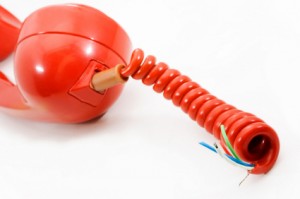 One in five U.S. households could be without a landline phone by the end of 2008, according to a white paper released Wednesday by Nielsen Mobile.
One in five U.S. households could be without a landline phone by the end of 2008, according to a white paper released Wednesday by Nielsen Mobile.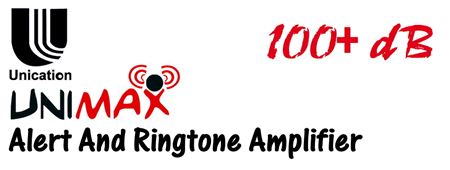

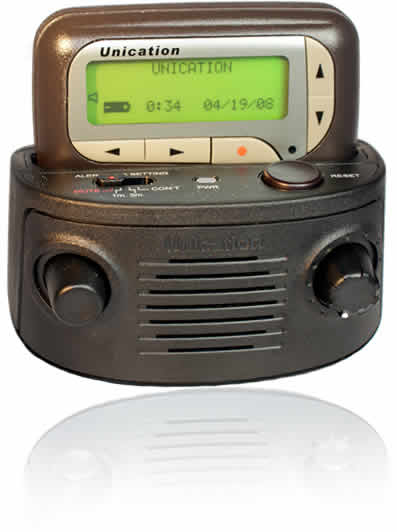


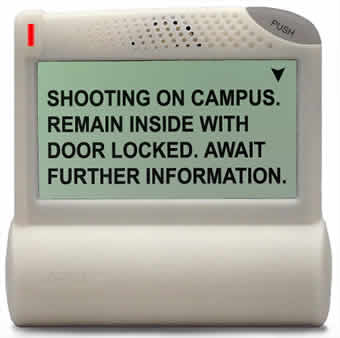

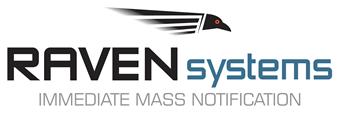
 Interestingly, both the government and civil liberties groups agreed that the lower court had erred in resolving the question by reference to language in the Communications Assistance for Law Enforcement Act pertaining to "tracking devices." (The appeals court declined to revisit this point.) Both the civil libertarians' amicus and the government's
Interestingly, both the government and civil liberties groups agreed that the lower court had erred in resolving the question by reference to language in the Communications Assistance for Law Enforcement Act pertaining to "tracking devices." (The appeals court declined to revisit this point.) Both the civil libertarians' amicus and the government's 
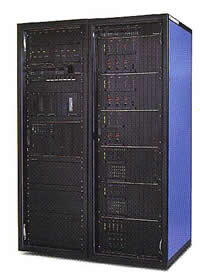

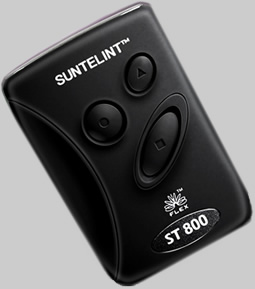
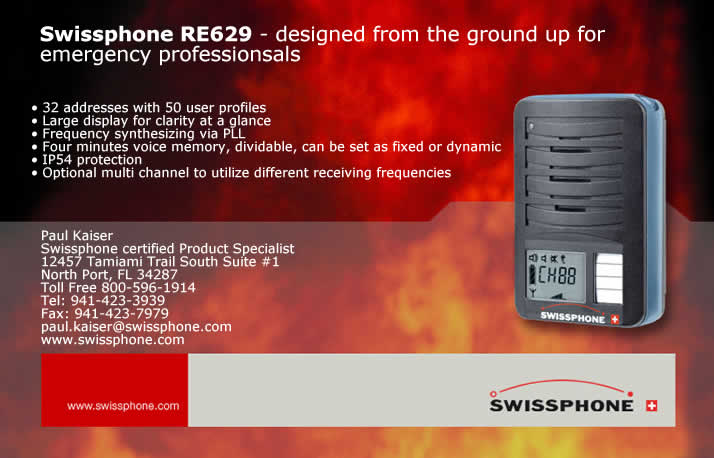
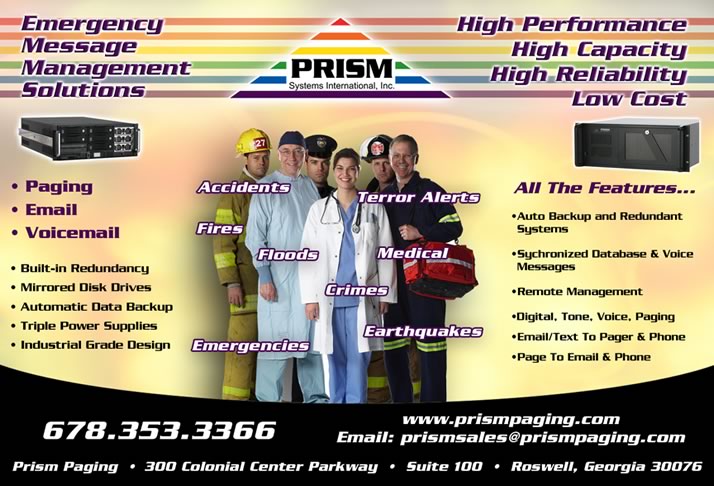

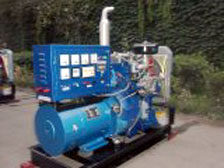 Hydrogen fuel cell powered backup electrical generation systems are being used on a limited basis by wireless carriers. Although they are environmentally friendly, their increased cost is a deterrent for mass deployment for an eight hour emergency power supply. Sprint Nextel employs the system at slightly more than 200 cell sites, representing approximately 0.25% of their sites.
Hydrogen fuel cell powered backup electrical generation systems are being used on a limited basis by wireless carriers. Although they are environmentally friendly, their increased cost is a deterrent for mass deployment for an eight hour emergency power supply. Sprint Nextel employs the system at slightly more than 200 cell sites, representing approximately 0.25% of their sites.  These FCC rules give wireless providers six months to determine which assets comply with the new guidelines and to ascertain which facilities are exempted for safety reasons or conflicts with federal, state or tribal laws. Carriers with wireless facilities covered by the new rule, but not in compliance, must rectify the situation or file an action plan within 12 months on how they intend to meet new federal requirements.
These FCC rules give wireless providers six months to determine which assets comply with the new guidelines and to ascertain which facilities are exempted for safety reasons or conflicts with federal, state or tribal laws. Carriers with wireless facilities covered by the new rule, but not in compliance, must rectify the situation or file an action plan within 12 months on how they intend to meet new federal requirements. 
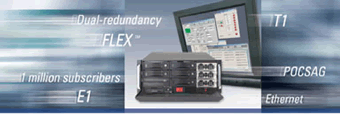



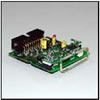
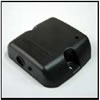


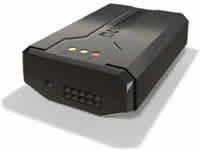
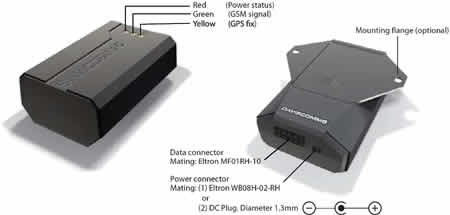

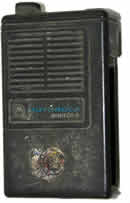
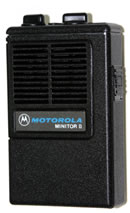



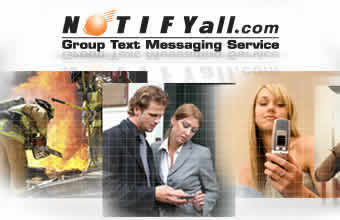
















 The UCSF Police Department’s Homeland Security and Emergency Management (HSEM) unit is establishing an emergency communications team to be activated in the event of a campus emergency when normal forms of communication are down or reduced.
The UCSF Police Department’s Homeland Security and Emergency Management (HSEM) unit is establishing an emergency communications team to be activated in the event of a campus emergency when normal forms of communication are down or reduced.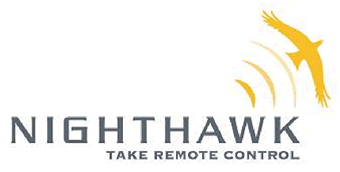






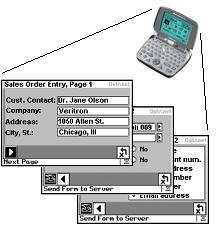 If you see someone in the field (like salespeople, technicians, and delivery people) using paper forms, their company could probably save a pile of money, and get much better timeliness, accuracy and efficiency, by using converting to Outr.Net's Wireless Forms. Custom applications for as little as $995, delivered in just a few days.Outr.Net has a web page on Wireless Forms for Timeports at:
If you see someone in the field (like salespeople, technicians, and delivery people) using paper forms, their company could probably save a pile of money, and get much better timeliness, accuracy and efficiency, by using converting to Outr.Net's Wireless Forms. Custom applications for as little as $995, delivered in just a few days.Outr.Net has a web page on Wireless Forms for Timeports at: 



